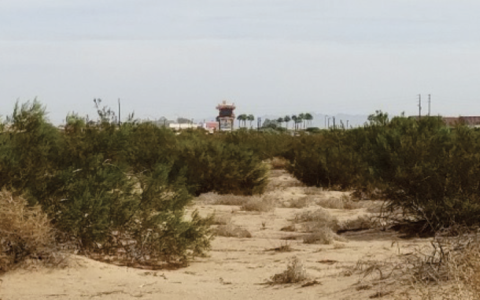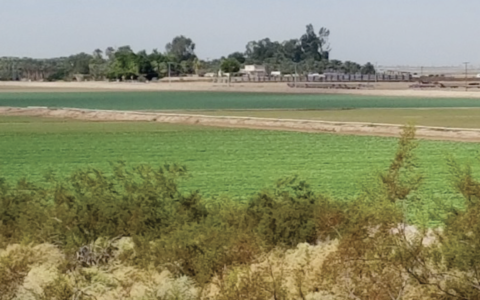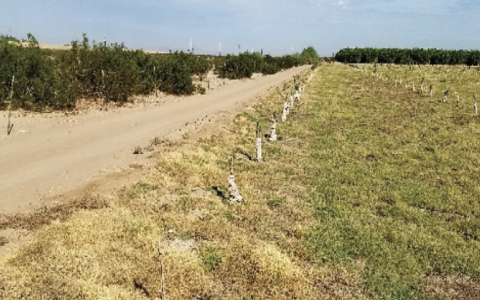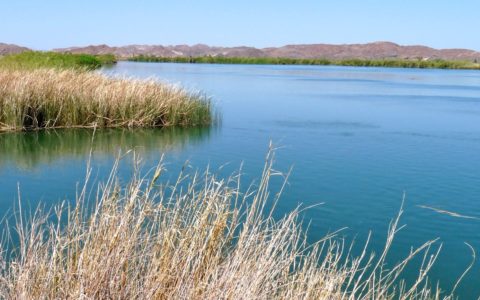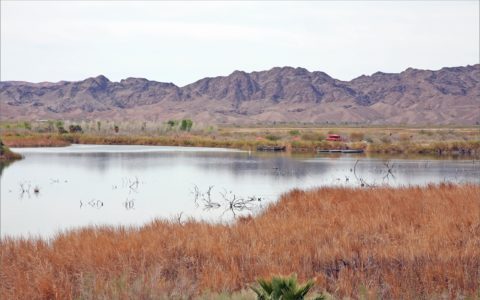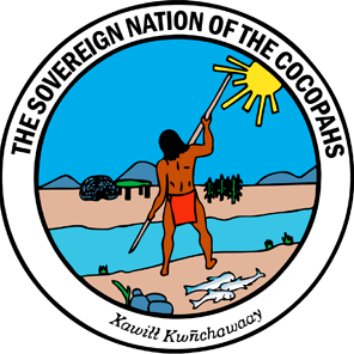
Cocopah Indian Tribe
Cocopah Indian Tribe
The Cocopah (Kwapa), also known as the River People, have long lived along the lower Colorado River and delta. For centuries, the Cocopah people have maintained their traditional and cultural beliefs through various political environments and ever-changing landscapes.
The Cocopah Indian Tribe is one of seven descendant Tribes from the greater Yuman language speaking people who occupied lands along the Colorado River. Cocopah Tribal ancestors also lived along the lower Colorado River region near the river delta and the Gulf of California. The Cocopah people had no written language.
Journals kept by travelers along the Colorado River and migrants into the West documented the Cocopah people. Spanish explorer Hernando de Alarcon, a member of Coronado’s marine expedition, traveled the river in 1540 and described members of Cocopah as tall, well-built people who carried wooden maces and bows and arrows. The men wore loincloths and the women wore willow bark skirts. The explorer and his crew were offered gifts of shells, beads, well-tanned leathers and food.
The Cocopah Indian Reservation, which borders Mexico, Arizona and California, is comprised of approximately 6,500 acres in three noncontiguous bodies of land known as the North, West and East Reservations. The Reservation is located in Yuma County along the Colorado River just 13 miles south of Yuma, AZ, and 15 miles north of San Luis, Mexico. In the late 1970s and 1980s, the Tribe began acquiring additional land, constructing homes, installing utilities, developing an infrastructure system and initiating economic development. Currently, there are about 1,000 enrolled Cocopah Indian Tribe members who live and work on or near the three Reservations.
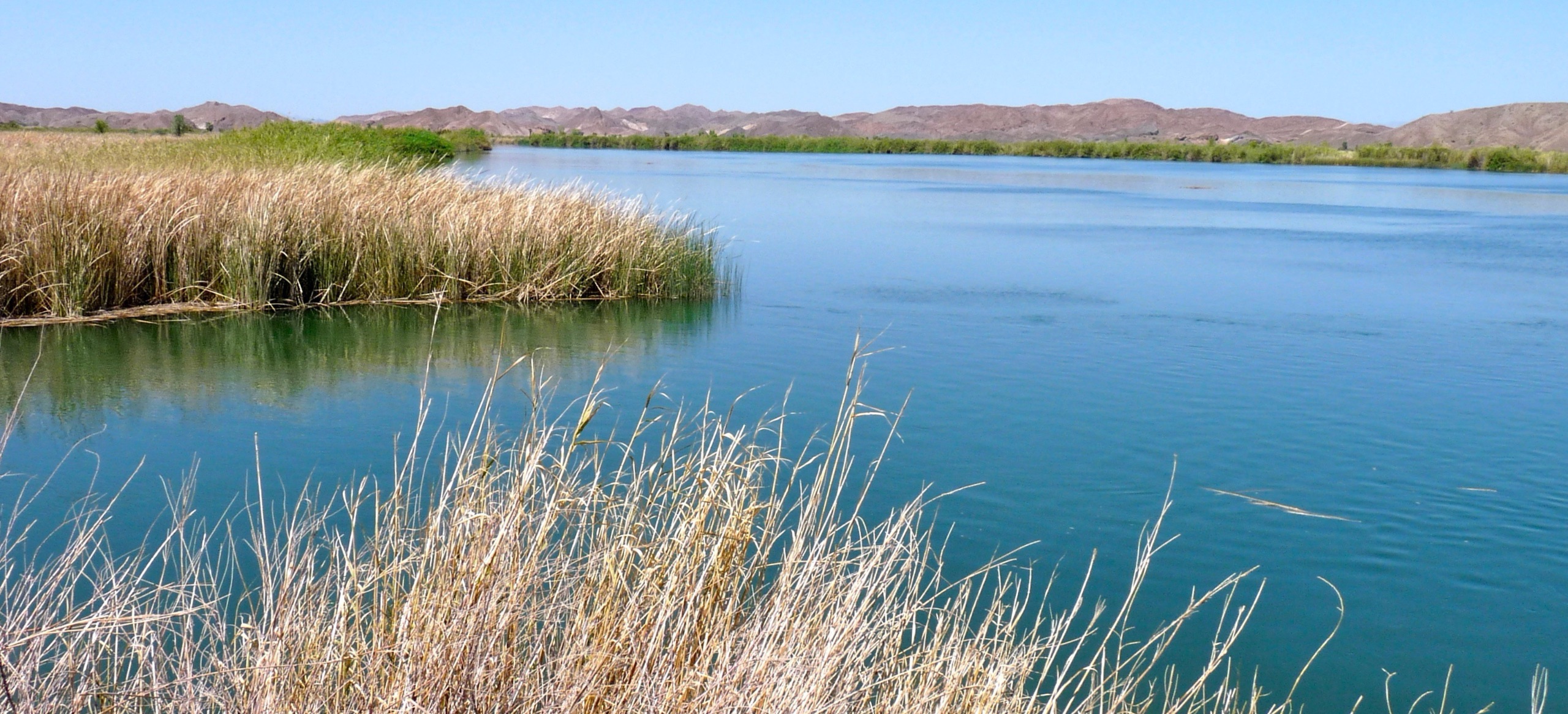
Historical Use and Cultural Importance of Water
Historically, the Cocopah was a flood way, agricultural society. They lived on the delta and meandered with the river planting panic grass and squash and gathering, hunting and fishing. The Colorado River delta was the most prolific and diverse region in the world for flora and fauna. This all changed with the coming of the European settlers. First, the political geography changed and the Tribe was divided between the U.S. and Mexico, and the Tribe could no longer meander with the river. Then, the river changed. It was dammed and the water slowly taken until the river no longer traveled to the Sea of Cortez.
The Colorado River became essentially a dry river bed from Morelos Dam to the Sea, some 69 miles, right through the heart of the Cocopah territory. In the meantime, the Tribe had been placed on a few hundred acres of ground on the West Reservation, next to the river. The River was eventually taken from them and the Tribe was left with dirt. The river and the water, the life of the Tribe was gone. Only the federal Indian reserved rights to a little water to farm their land is left. Cocopah (Kwapa) are known as the river people, but there is no river left. They have had a centuries old way of life taken from them.
